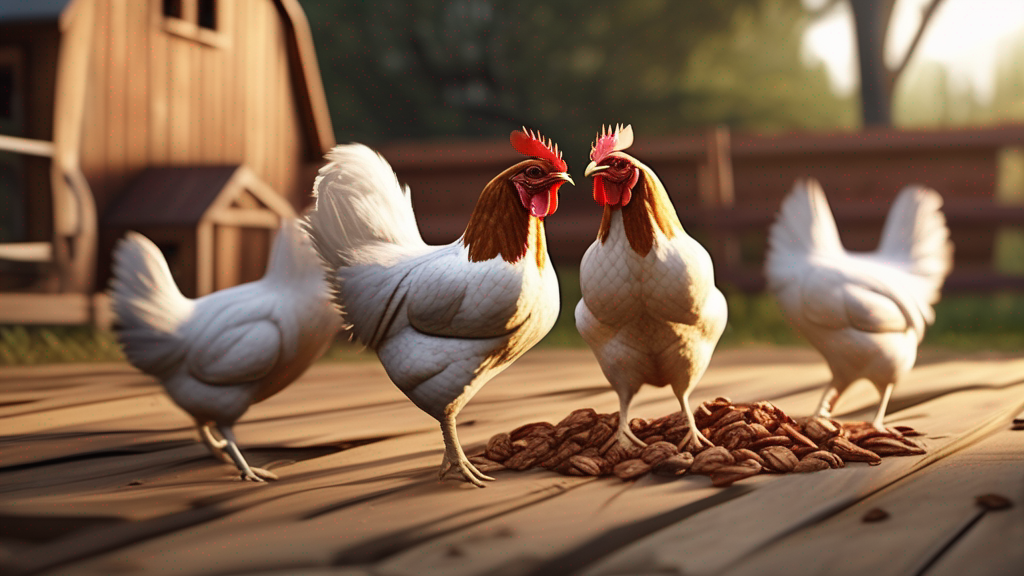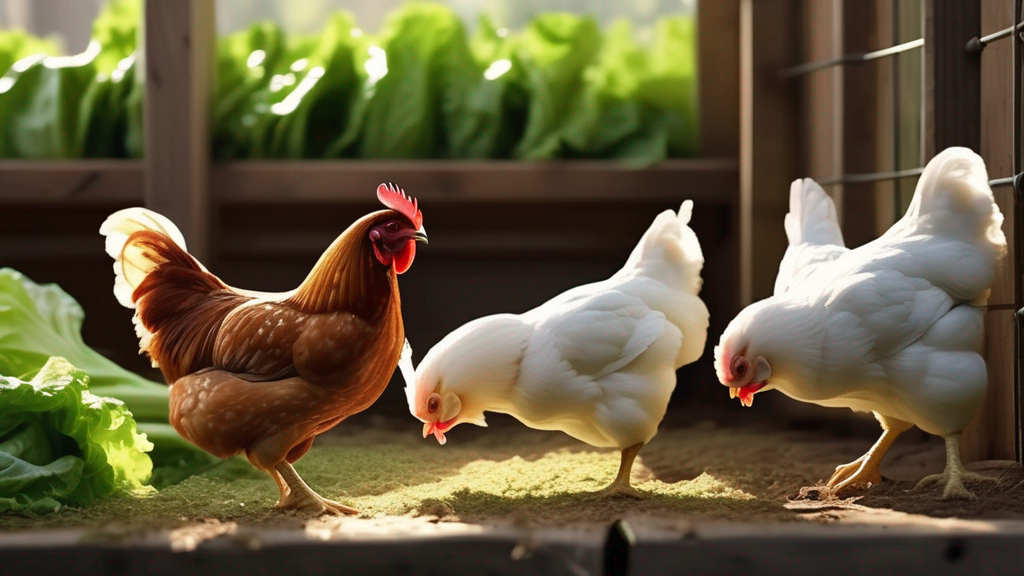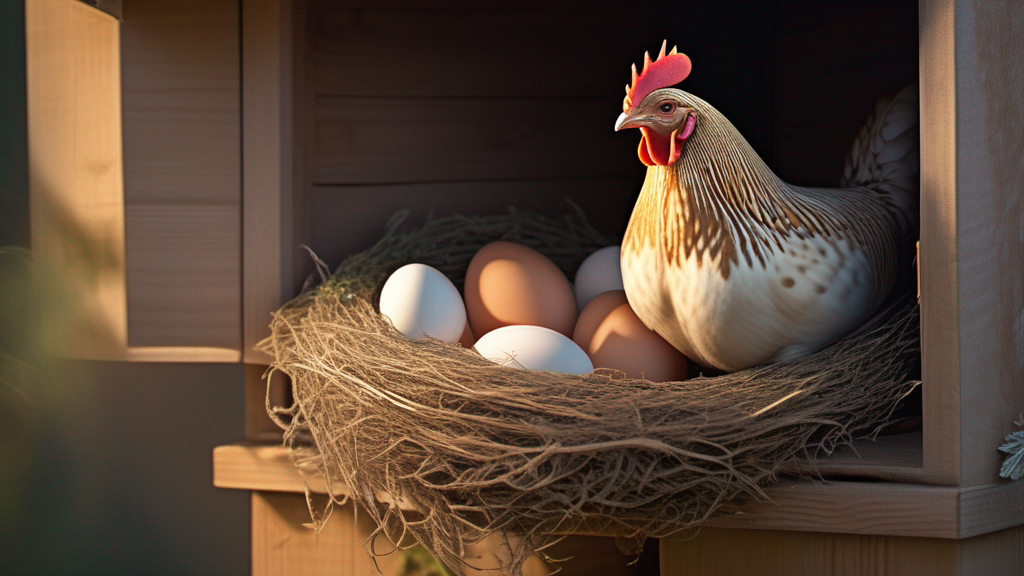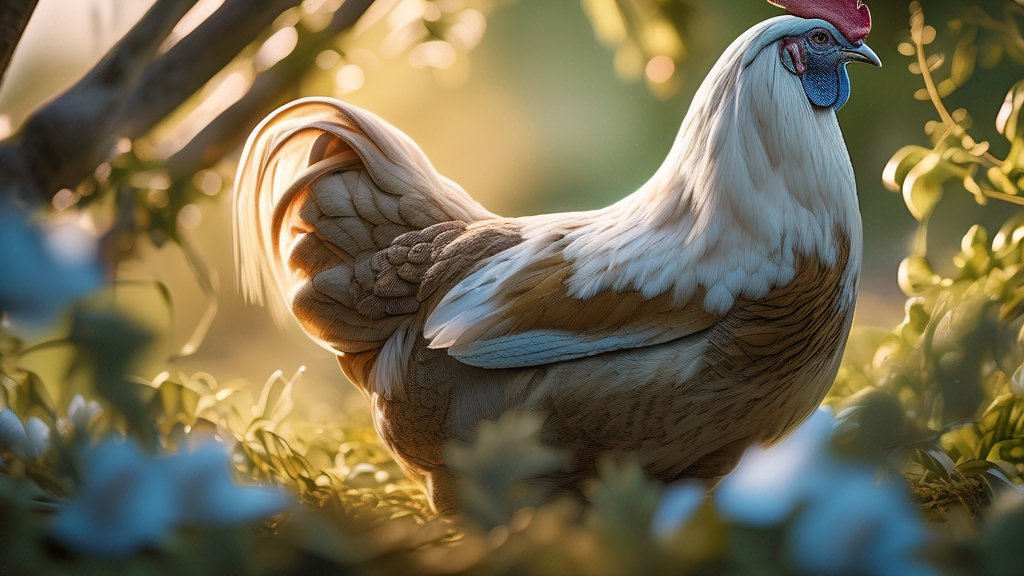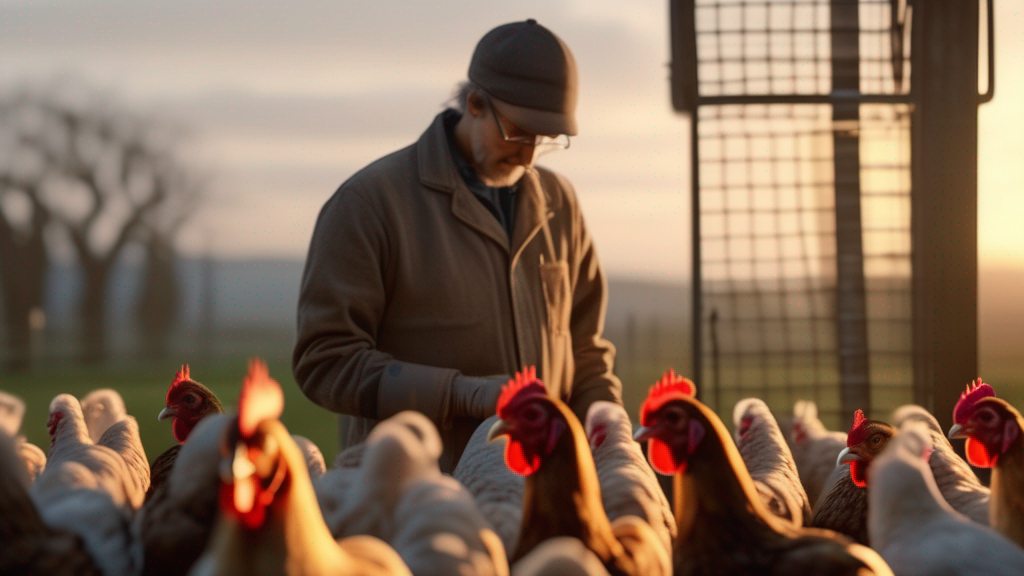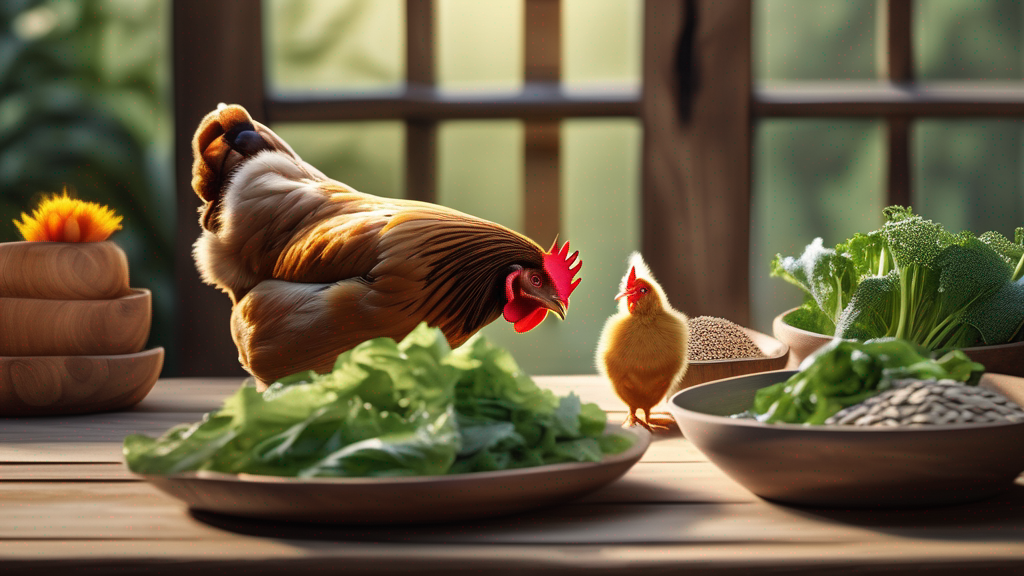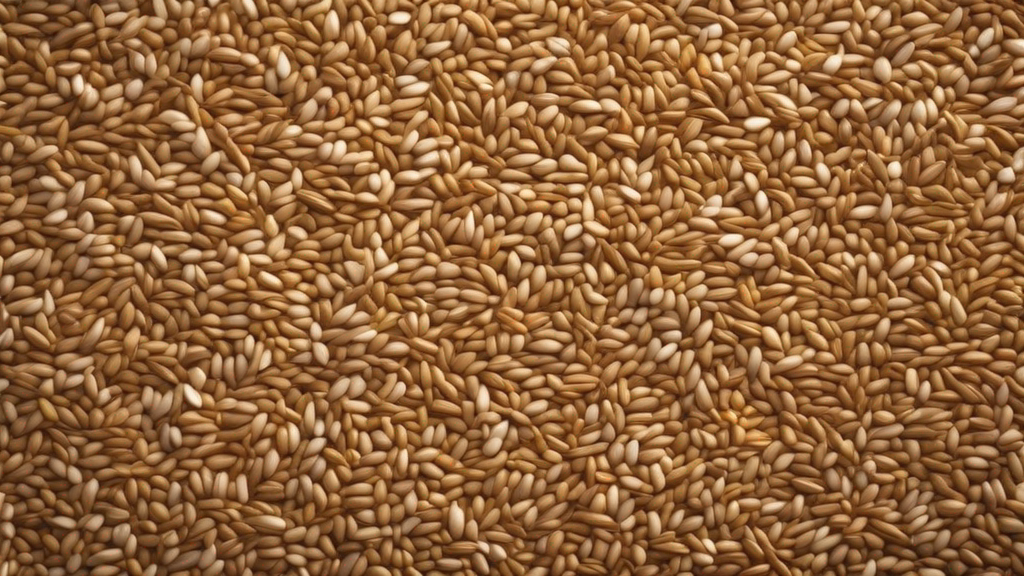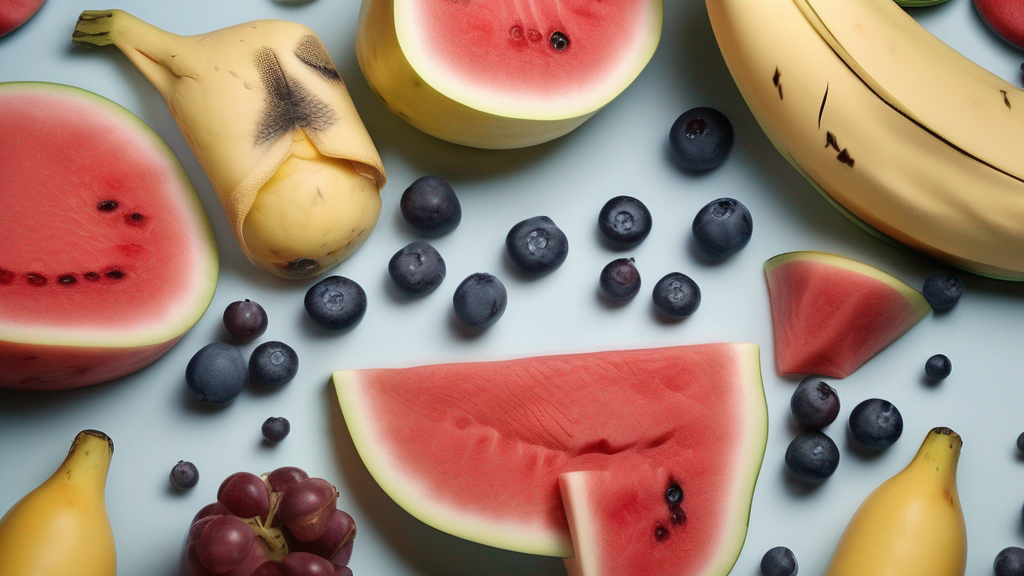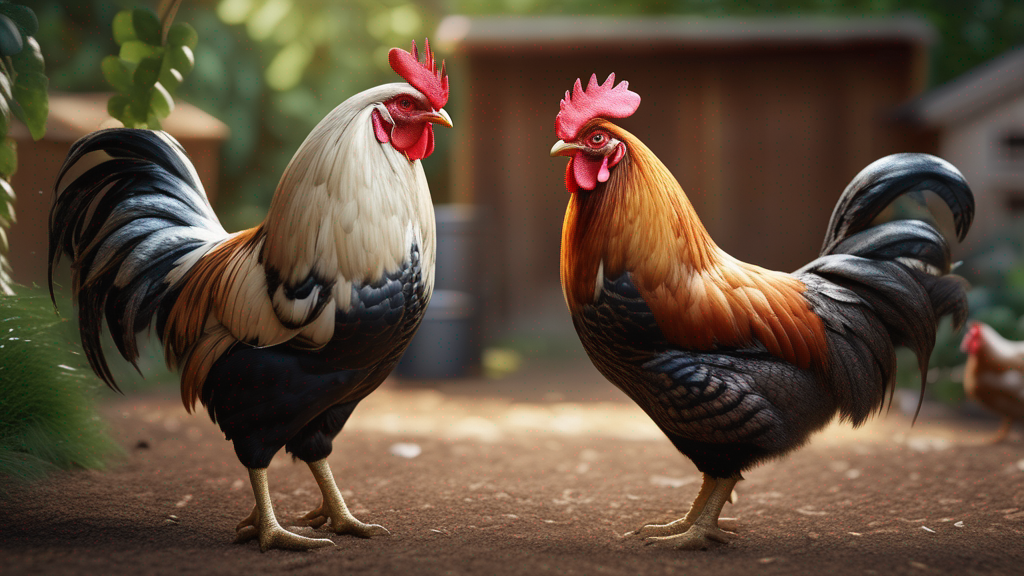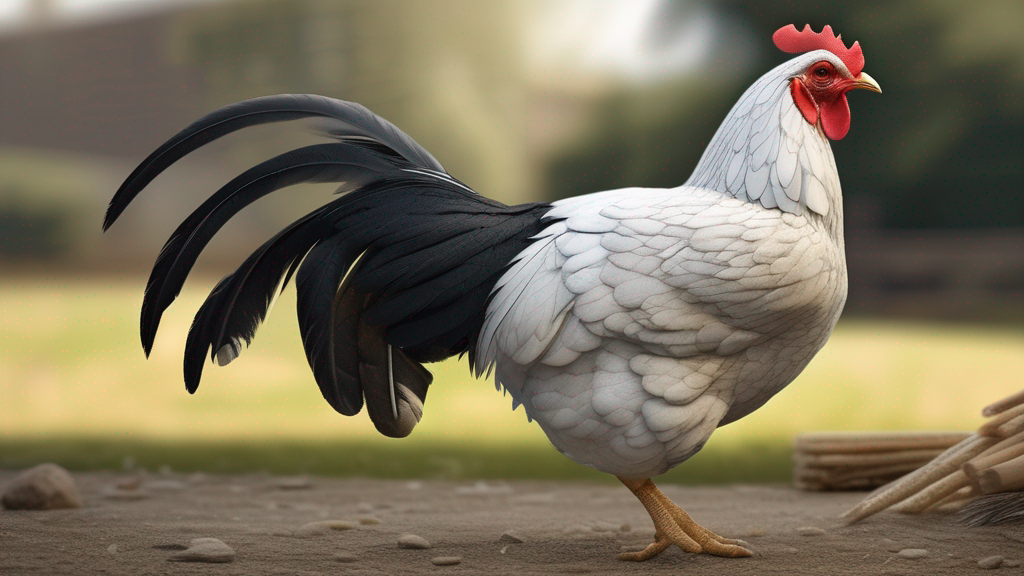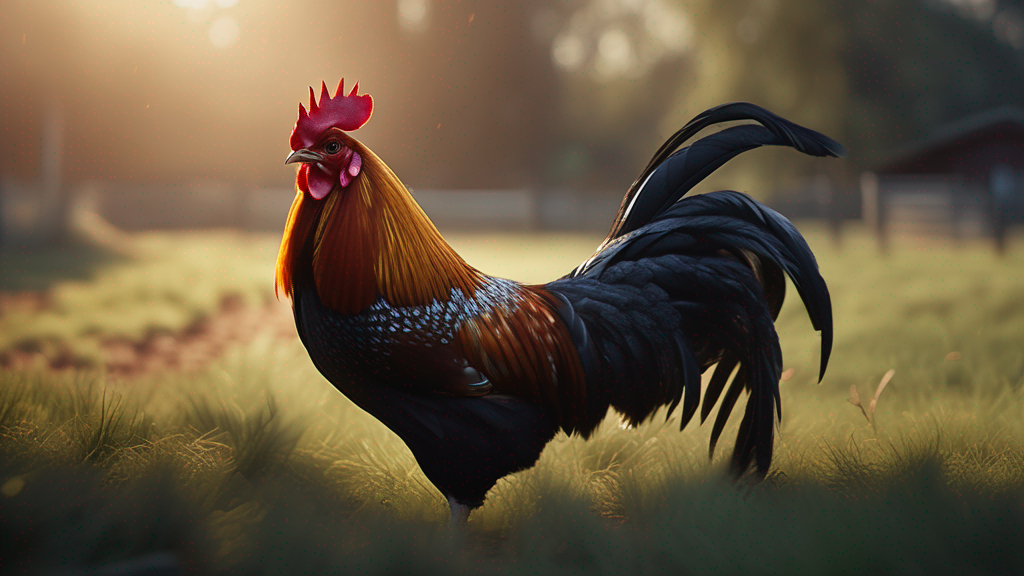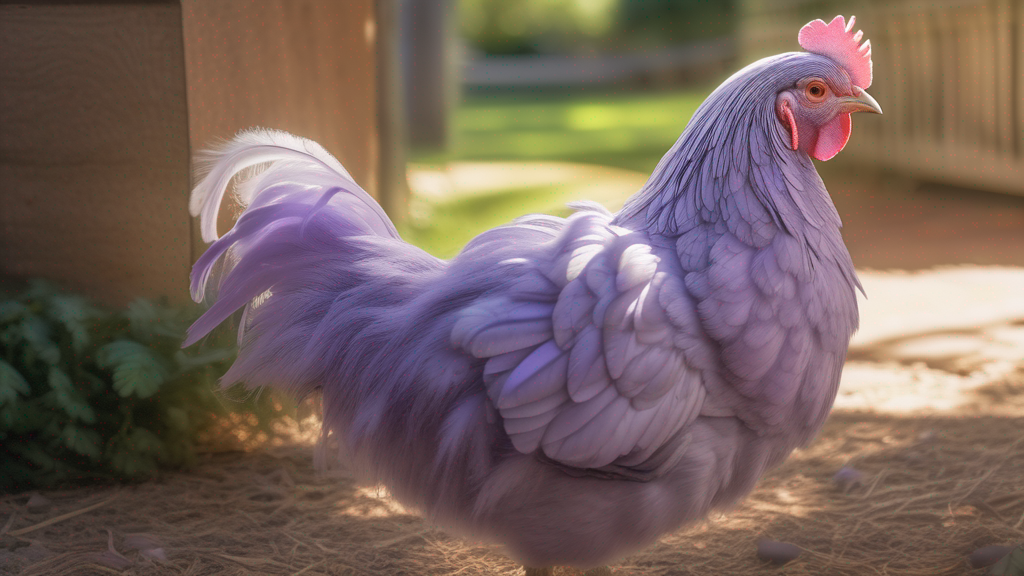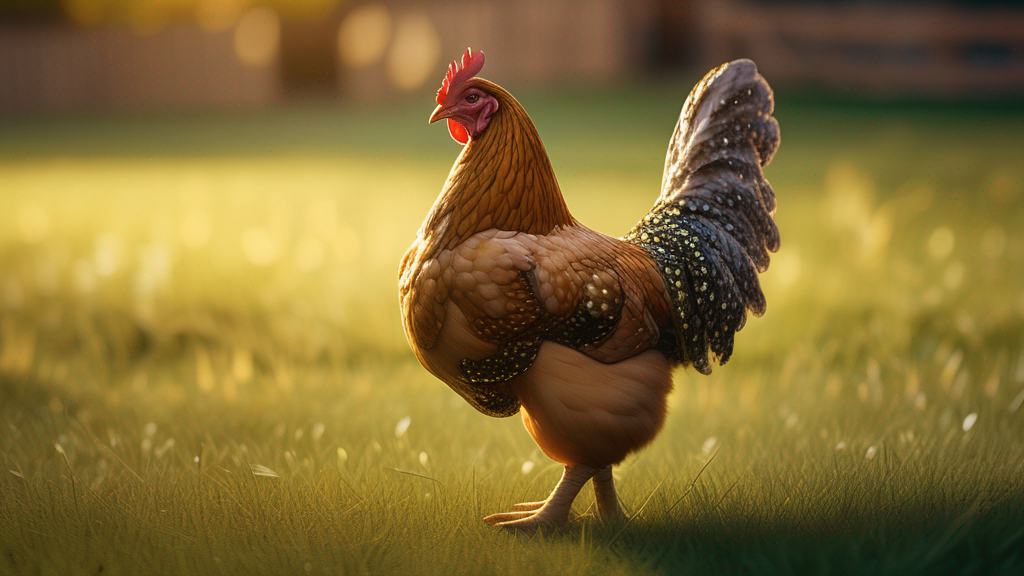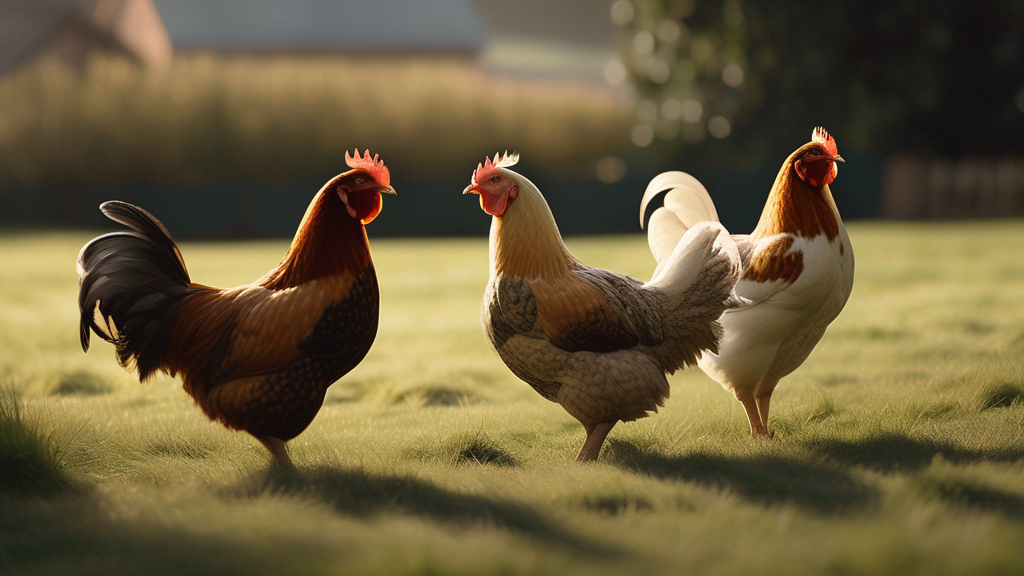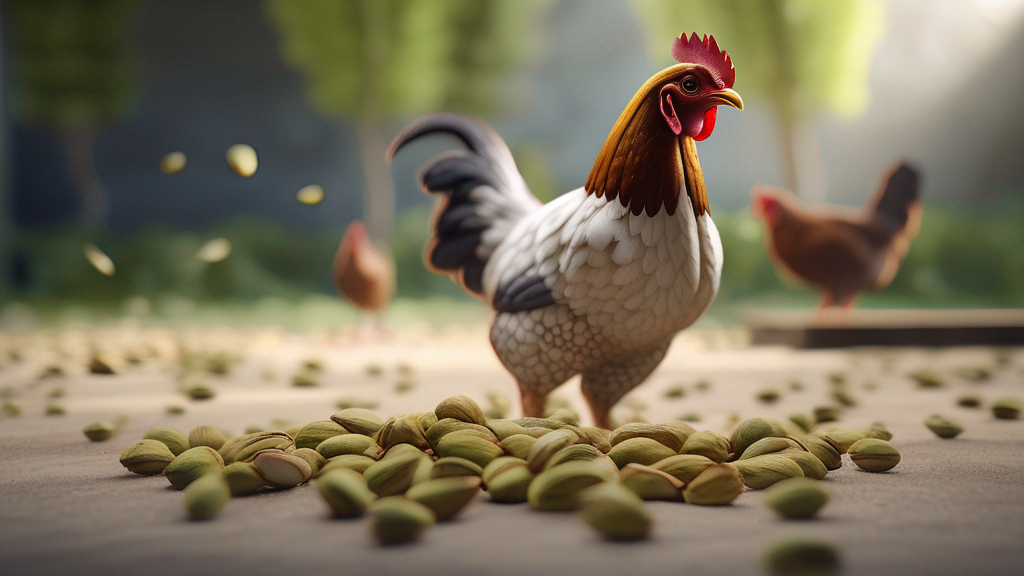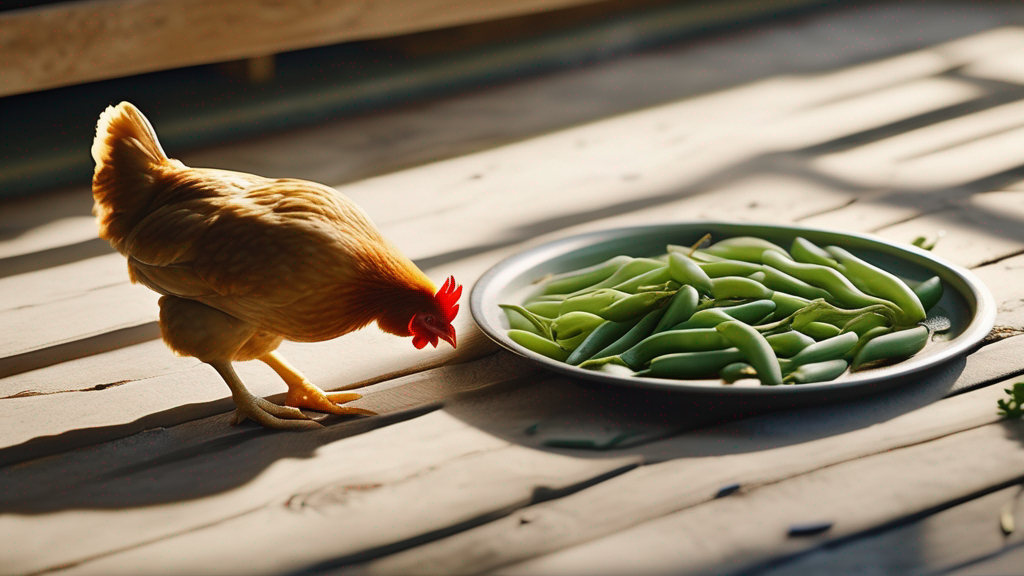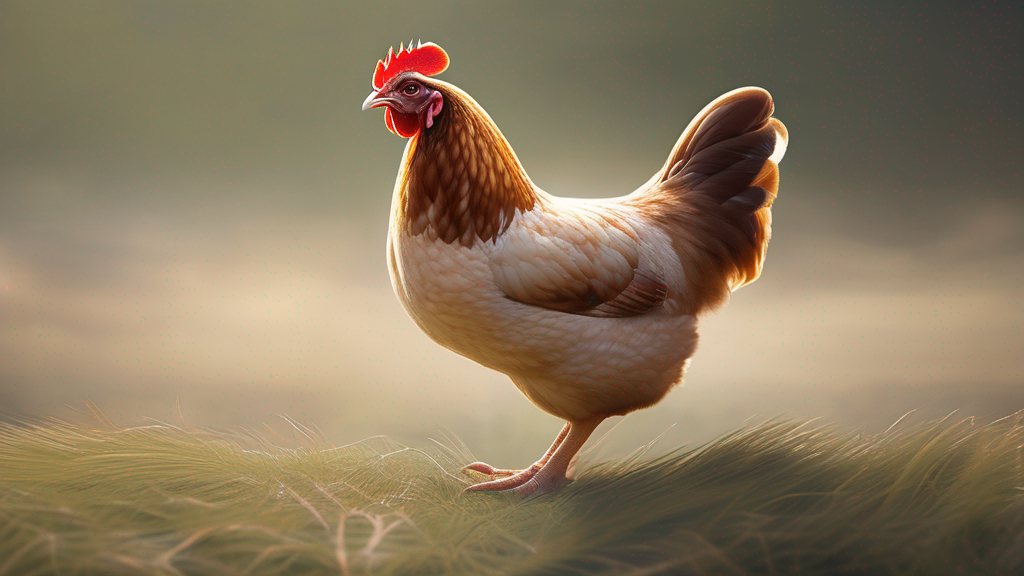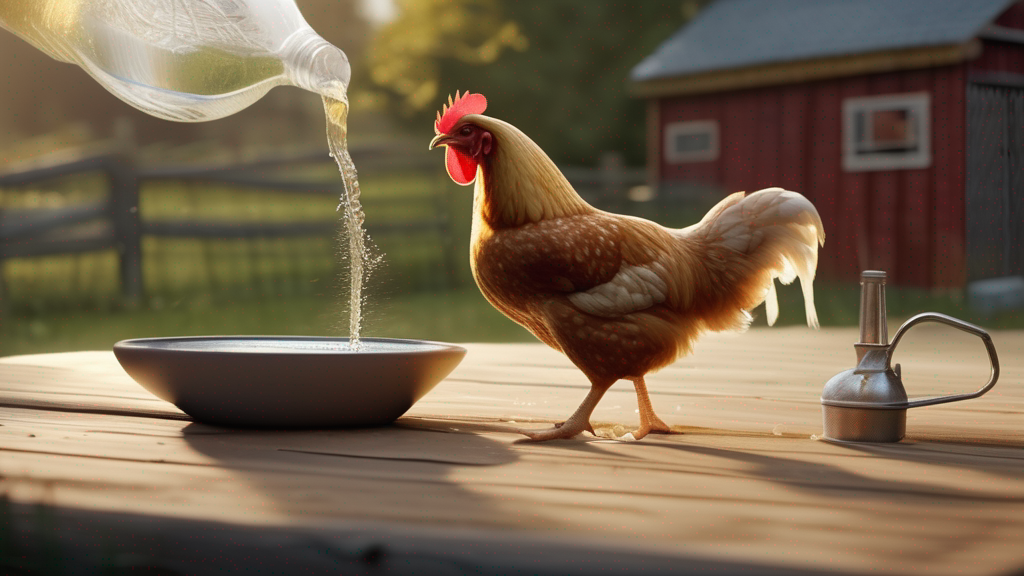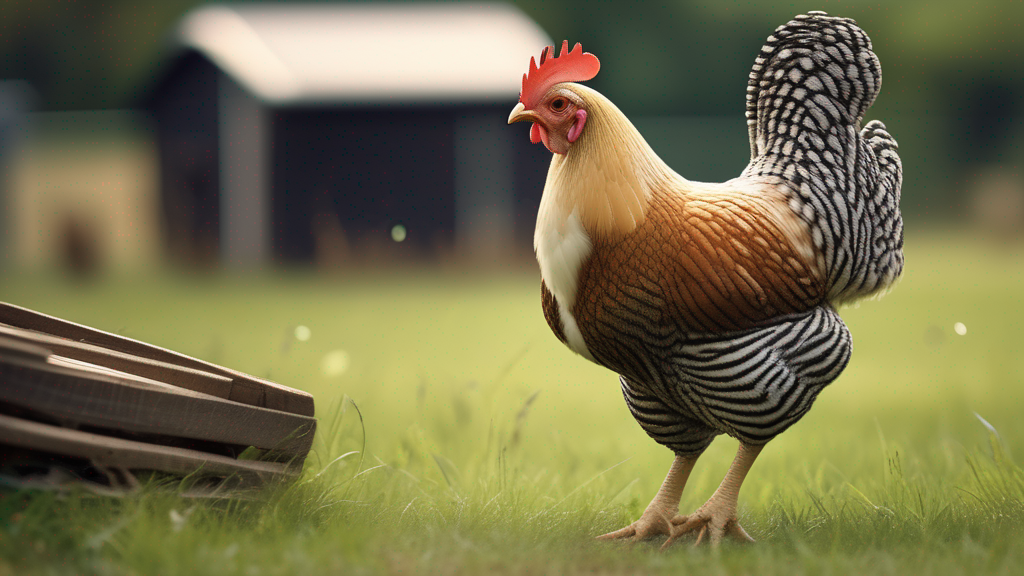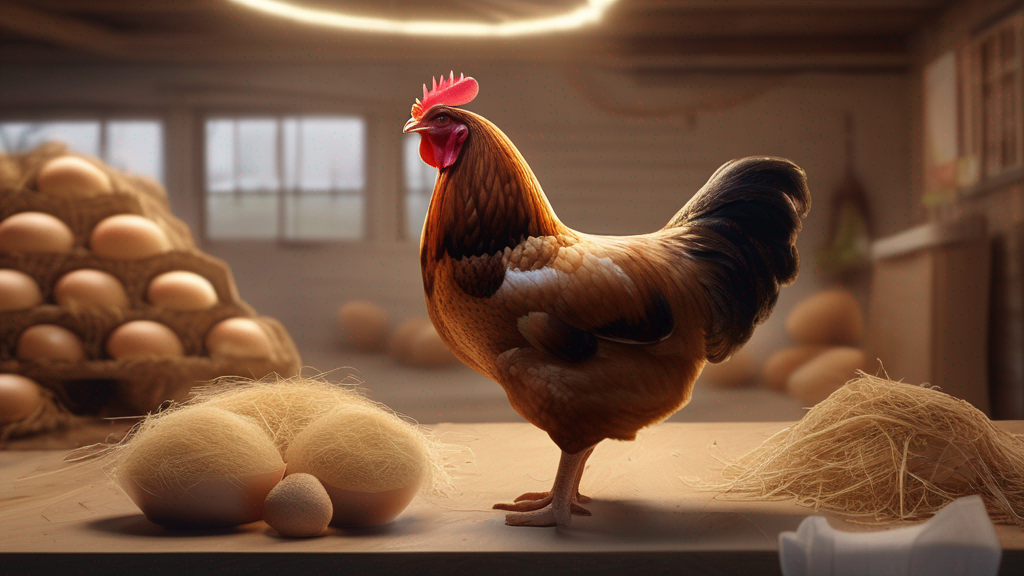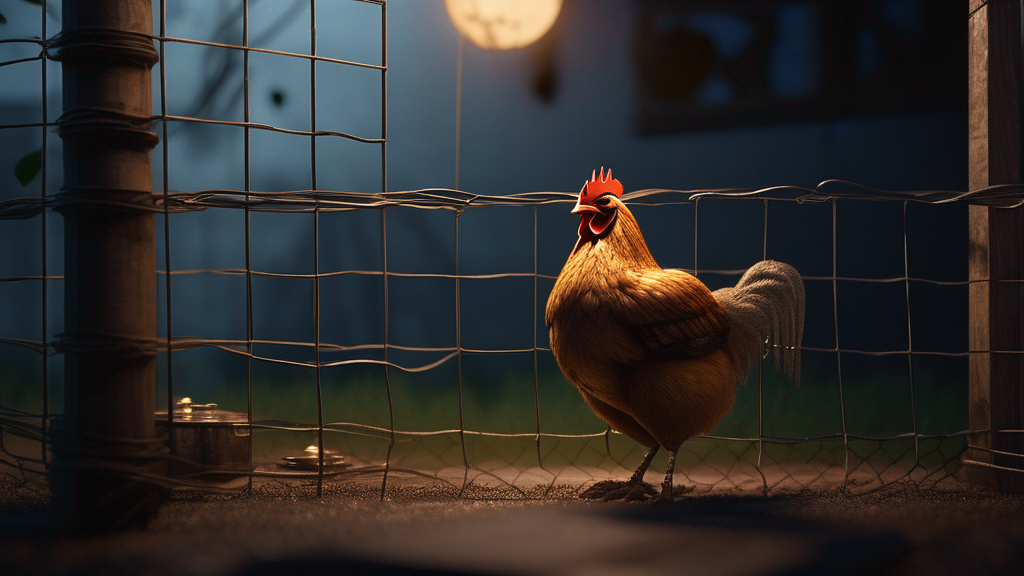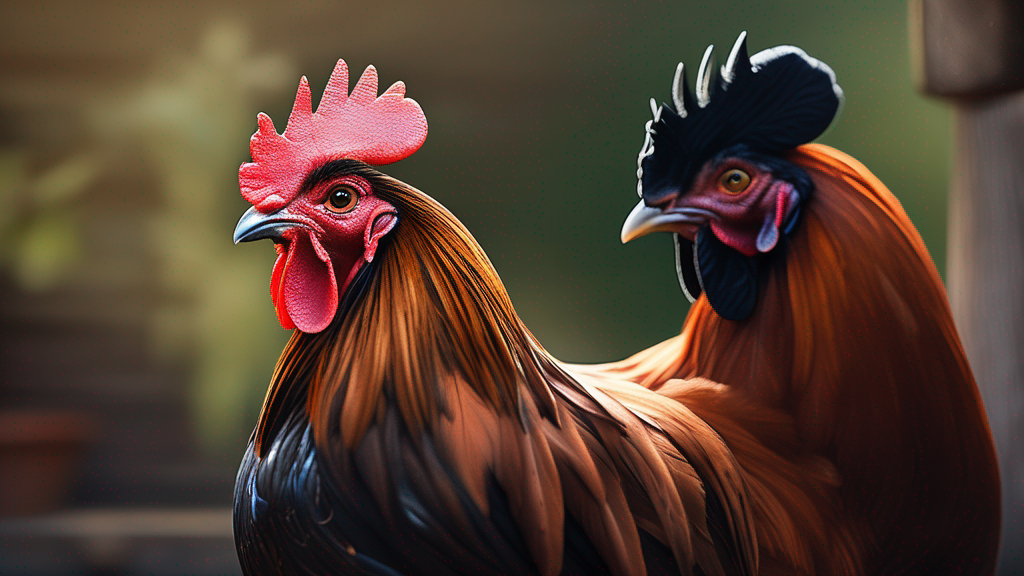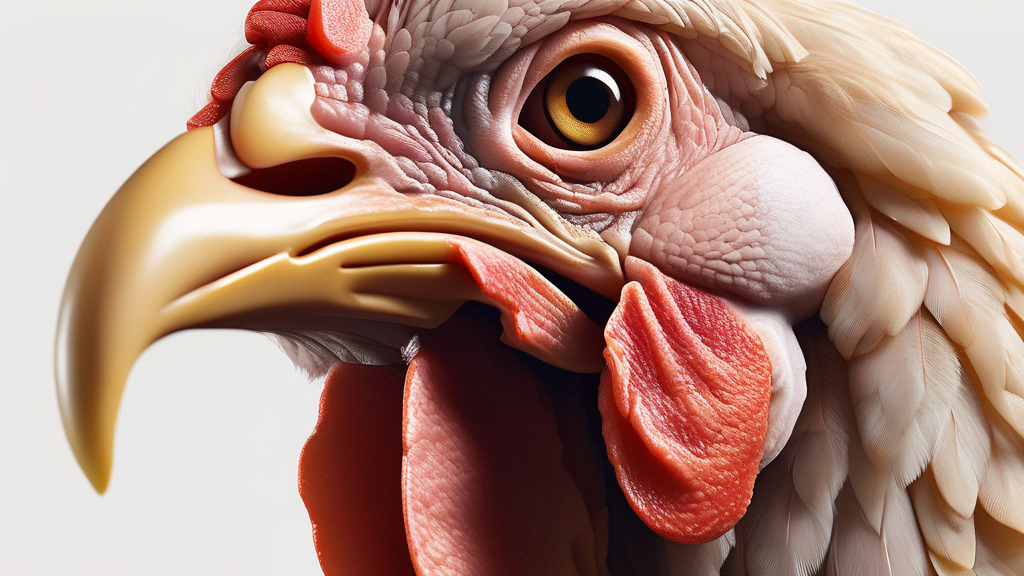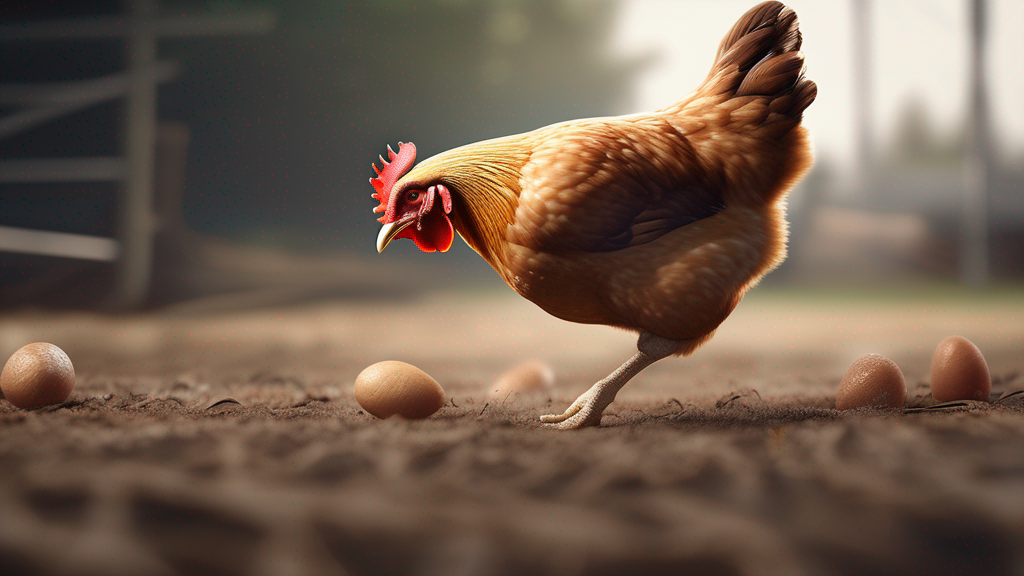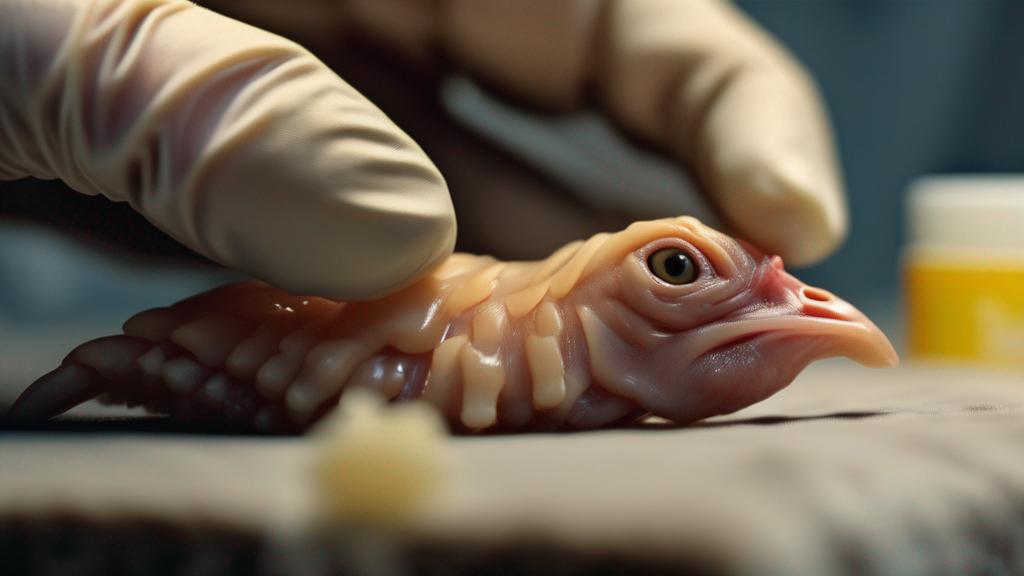Whether you’re raising chickens for fresh eggs, meat, or as friendly backyard companions, one truth remains constant: adequate vitamin nutrition is fundamental for flock health and productivity. Vitamins support immunity, skeletal development, feather quality, reproduction, and metabolism. Deficiencies or imbalances can manifest as poor growth, low egg yield, leg disorders, weak shells, and increased susceptibility to disease.
In this in-depth guide, we’ll explore the essential vitamins for chickens, their physiological roles, daily requirements, natural and supplemental sources, deficiency signs, overdose risks, and practical strategies to ensure your birds receive optimal vitamin levels. You’ll find detailed tables of requirements, food sources, deficiency symptoms, and expert-backed advice for seasonal adjustments and supplementing under various conditions.
Why Vitamins Are Critical in Poultry Nutrition
Vitamins are organic micronutrients that chickens cannot synthesize in sufficient amounts (or at all), so they must obtain them from feed, foraging, or supplements. They act as co-factors in enzyme reactions, antioxidants, hormonal precursors, and regulators of metabolic pathways. Without adequate vitamins:
- Immune function weakens, increasing disease risk.
- Egg production may decline; shells become thin or misshapen.
- Bone and beak development falters, leading to deformities or leg problems.
- Feather growth can be impaired, causing poor molt and feather quality.
- Growth in chicks slows; mortality may rise.
Balanced commercial feeds usually include premixed vitamin premixes. However, backyard keepers often supplement with greens, scraps, or water-soluble mixes—especially under stress, illness, molting, or if feeding homemade rations. Understanding each vitamin’s role and safe supplementation ensures you avoid both deficiency and toxicity.
Physiological Roles of Key Vitamins
Below is an overview of major vitamins for chickens, grouped by fat-soluble and water-soluble categories, with their primary functions:
- Fat-Soluble Vitamins (A, D3, E, K): Stored in body tissues; regulate vision, bone metabolism, antioxidant defenses, blood clotting.
- Water-Soluble Vitamins (B-Complex, C [conditionally], Choline): Not stored extensively; require regular intake; support energy metabolism, nerve function, red blood cell formation, protein synthesis.
Essential Vitamins, Requirements & Benefits
The table below summarizes daily requirements per kilogram of complete feed and primary benefits. Requirements may vary slightly by breed, age, production stage, and environmental conditions; consult feed guidelines or a poultry nutritionist for precise formulations.
| Vitamin | Daily Requirement (per kg of feed) | Main Physiological Roles & Benefits |
|---|---|---|
| Vitamin A (Retinol Equivalents) | 10,000 IU | Maintains epithelial tissues, vision (low-light), immune response, reproduction (yolk formation). |
| Vitamin D₃ (Cholecalciferol) | 2,000 IU | Calcium & phosphorus absorption, bone mineralization, eggshell quality, skeletal health. |
| Vitamin E (Tocopherol) | 10 mg | Antioxidant protecting cell membranes, muscle integrity, fertility, immune function. |
| Vitamin K | 2 mg | Blood clotting (prothrombin synthesis), bone health, liver function. |
| Vitamin B₁ (Thiamine) | 2 mg | Carbohydrate metabolism, nerve function, appetite regulation. |
| Vitamin B₂ (Riboflavin) | 5 mg | Energy metabolism, growth, feather development, redox reactions. |
| Vitamin B₃ (Niacin) | 60 mg | Digestive health, skin and foot health (prevents leg disorders), energy metabolism. |
| Vitamin B₅ (Pantothenic Acid) | 10 mg | Coenzyme A synthesis, energy metabolism, adrenal function. |
| Vitamin B₆ (Pyridoxine) | 3 mg | Amino acid metabolism, neurotransmitter synthesis, hemoglobin formation. |
| Vitamin B₁₂ (Cobalamin) | 0.01 mg | Red blood cell formation, nerve function, DNA synthesis. |
| Folic Acid (B₉) | 0.5 mg | DNA synthesis, embryo development, red blood cell health. |
| Biotin (B₇) | 0.15 mg | Feather and skin health, prevents footpad dermatitis, energy metabolism. |
| Choline | 500 mg | Lipid metabolism (prevents fatty liver), liver function, brain development. |
| Vitamin C (Ascorbic Acid) | Not strictly required if healthy; 50–100 mg beneficial under stress | Antioxidant, stress mitigation (heat, cold, disease), immune support. Chickens can synthesize small amounts but benefit during challenges. |
Natural Food Sources of Vitamins
Chickens obtain vitamins primarily from commercial feed, but free-ranging and supplemental foods can boost intake. Below is a table of common natural sources and approximate vitamin contributions. Actual values vary by season, soil, and produce quality.
| Source | Key Vitamins Provided | Notes |
|---|---|---|
| Leafy Greens (Kale, Spinach, Dandelion) | A, K, Folate, small C | Rich in A & K; rotate to avoid oxalate overload (spinach high in oxalates). |
| Carrots & Pumpkin | Provitamin A (beta-carotene), small E | Excellent for Vitamin A; feed cooked or raw in moderation. |
| Squash & Sweet Potato | A, small C | Cooked mash offers beta-carotene; avoid large amounts of raw hard pieces. |
| Whole Grains (Oats, Wheat, Barley) | B-complex (thiamine, niacin, riboflavin), small E | Part of scratch treats; balanced with protein sources. |
| Mealworms & Insects | B vitamins, E | High protein plus B vitamins; excellent during molt or growth. |
| Seeds & Nuts (Sunflower Seeds, Flaxseed) | E, small B’s | High in healthy fats and Vitamin E; use sparingly to avoid excess fat. |
| Citrus Fruits | C | Offer rarely; acidity may reduce calcium absorption in layers; small amounts only. |
| Berries | C, small A, antioxidants | Blueberries, strawberries as occasional antioxidant-rich treats. |
| Sunlight Exposure | D₃ (via skin synthesis) | Free-range or outdoor access allows natural vitamin D₃ production; indoor birds need feed or supplemental D₃. |
Deficiency Signs & Symptoms
Recognizing early signs of vitamin deficiencies helps correct feeding before severe issues arise. The table below outlines common deficiency indicators.
| Vitamin | Deficiency Signs |
|---|---|
| Vitamin A | Poor growth, poor vision (night blindness), respiratory infections, dry eyes, reduced egg production. |
| Vitamin D₃ | Rickets in chicks (soft bones, leg deformities), thin eggshells, reduced egg yield, bone fractures. |
| Vitamin E | Muscle degeneration (“crazy chick disease”), infertility, poor hatchability, weak immunity. |
| Vitamin K | Bleeding disorders (excessive bleeding from minor injuries), poor bone health. |
| Thiamine (B₁) | Loss of appetite, weight loss, neurological signs (polyneuritis), weakness. |
| Riboflavin (B₂) | Poor growth, curled-toe paralysis in chicks, poor feathering. |
| Niacin (B₃) | Leg deformities, poor growth, black tongue syndrome in turkeys (similar concerns in chickens). |
| Pantothenic Acid (B₅) | Poor growth, skin lesions, feather abnormalities, fatigue. |
| Pyridoxine (B₆) | Anemia signs, poor growth, neurological issues. |
| B₁₂ | Anemia, slow growth, neurological disorders. |
| Folic Acid | Poor hatchability, neural tube defects in embryos, anemia. |
| Biotin | Footpad dermatitis, poor feathering, leg issues. |
| Choline | Fatty liver, growth retardation, poor egg quality. |
| Vitamin C | Often synthesized, but under stress: increased susceptibility to heat/cold stress, slower recovery from illness. |
Supplementation Strategies
Most commercial layer or grower feeds are fortified with vitamin premixes. However, supplemental strategies may be needed when:
- Using homemade or bulk grains without premix
- During stress: heatwaves, cold snaps, sudden weather changes
- After illness, vaccination, or antibiotic treatment
- During molt, brooding, or breeding programs
- In indoor or limited-sunlight environments for vitamin D₃
Water-Soluble Supplements
- Often provided in drinking water as vitamin B-complex + C + electrolytes. Useful during heat stress or recovery. Follow manufacturer dosage; provide fresh daily.
- Ensure waterers are clean; avoid over-concentration, which can affect water intake.
Fat-Soluble Vitamin Supplements
- Vitamin A, D₃, E, K supplements are often included in commercial premixes. For backyard supplementation, cod liver oil or fish oil (source of A & D) can be used carefully—consult a poultry vet to avoid toxicity.
- Excess fat-soluble vitamins accumulate; overdosing leads to toxicity (see below).
Natural Foraging & Food Supplements
- Provide fresh greens, vegetables, and safe kitchen scraps: carrots/pumpkin for A; leafy greens for A & K; insects/mealworms for B vitamins; sunflower seeds for E; outdoor access for D₃ via sunlight.
- Fermented feeds (e.g., fermented mash) can increase B-vitamin bioavailability and probiotic benefits.
Monitoring & Adjustment
- Observe flock health, egg production, feather condition, leg strength.
- If signs of deficiency appear, increase appropriate supplementation or adjust feed formulation.
- Consider periodic consultation with a poultry nutritionist or veterinarian for tailored feed formulation, especially for breeding stock or large flocks.
Risks of Over-Supplementation (Toxicity)
While deficiencies cause issues, excessive vitamins—especially fat-soluble ones—can be toxic. Examples:
- Vitamin A toxicity: Excess leads to bone deformities, reduced growth, liver damage. Avoid high-dose cod liver oil without guidance.
- Vitamin D₃ toxicity: Over-supplementation causes hypercalcemia, soft tissue calcification, kidney damage.
- Vitamin E excess: Rare but may interfere with vitamin K and blood clotting.
- Vitamin K: Toxicity rare in poultry, but balance with E and A important.
Water-soluble vitamins are less likely to accumulate, as excess is excreted, but extremely high levels may cause imbalances or wastage. Always follow recommended dosages and adjust gradually.
Seasonal & Life Stage Considerations
Chick Starter & Grower
Chicks require higher levels of certain B vitamins for rapid growth and neuromuscular development. Ensure chick starter feed contains adequate riboflavin, niacin, biotin, and pantothenic acid. Supplemental B-complex may be offered in water if homemade feeding.
Layer Development & Egg Production
Pullets approaching lay need balanced A, D₃, E, K, and B vitamins to support reproductive tract maturation. Layers require sufficient calcium (aided by D₃), A for yolk quality, E for fertility, and B vitamins for energy metabolism. During peak lay, any dietary disruption can quickly impact egg numbers and shell quality.
Molting Period
Molting hens shed and regrow feathers, requiring extra protein and nutrients. Antioxidants (vitamin E, C) and B vitamins support tissue repair. Offer insect/protein treats plus supplemental vitamins if appetite drops. Fermented feed can improve nutrient absorption.
Heat Stress
High temperatures impair feed intake and nutrient absorption. Offering water-soluble vitamin-electrolyte mixes helps maintain hydration, electrolyte balance, and B-vitamin intake when feed consumption declines. Vitamin C supplementation may reduce stress effects.
Cold Stress
Cold weather increases energy demands. Provide energy-rich feed plus vitamins A and E to support immunity. Vitamin D₃ from supplemental sources (cod liver oil or fortified feed) aids calcium metabolism if outdoor activity and sunlight are limited.
Broody or Breeding Stock
Breeders need optimal vitamin status for fertility, embryo development, and hatchability. Ensure breeder feeds include sufficient folic acid, B₁₂, A, D₃, E. For brooders, monitor condition and supplement if off-layer feed alone.
Practical Feeding Tips & Monitoring
- Feed Analysis: Use a reputable commercial feed formulated for the appropriate life stage. Check the guaranteed analysis and vitamin premix inclusion.
- Supplement Timing: Offer water-soluble vitamin mixes in early morning or late afternoon when temperatures moderate. Provide fresh daily; avoid leftover, spoiled solutions.
- Natural Supplements: Rotate greens and treats that supply vitamins: leafy greens, root vegetables, insects, seeds. Use seasonal produce to supplement feed naturally.
- Observation: Weekly inspect comb color, feather condition, leg strength, egg production, and droppings. Maintain a simple log noting any changes correlating with diet adjustments.
- Veterinary Consultation: If deficiency signs appear or egg production drops unexpectedly, consult a poultry vet for diagnosis, possible blood tests, or feed formulation advice.
- Record-Keeping: Keep records of supplement usage, weather conditions, molt periods, and flock performance to refine vitamin strategies over time.
Case Study: Addressing Vitamin Deficiency in a Small Flock
Scenario: A backyard flock of 10 layers began showing thinning eggshells and pale combs mid-winter, despite feeding layer pellets. The keeper noted reduced sunlight exposure and occasional feed mixing with kitchen scraps.
Assessment: Suspected vitamin D₃ and A deficiency combined with lower feed intake during cold. Feathers appeared dull, and egg production dipped by 20%.
Intervention:
- Switched to a layer feed with higher vitamin D₃ content and ensured adequate calcium source (oyster shell).
- Supplemented with a measured cod liver oil dose (source of A and D₃) under veterinary guidance.
- Provided fermented greens (kale, spinach) for vitamin A and K, and water-soluble B-complex + vitamin C in drinking water during cold snaps.
- Allowed midday sun exposure when weather permitted; added UV-permeable panels in enclosed run to increase light exposure.
Outcome: Within two weeks, comb color improved, egg shell quality returned to normal, and production rebounded. Chicks hatched from fertilized eggs showed stronger growth. The keeper continued periodic monitoring, adjusting supplements seasonally.
Key Lesson: Winter conditions can reduce vitamin D₃ synthesis; combined supplementation and feed formulation corrected deficiency. Monitoring egg quality and comb condition allowed timely intervention.
Frequently Asked Questions (FAQs)
Can I give human vitamin supplements to chickens?
Generally not recommended without veterinary guidance. Human supplements often have dosages or forms inappropriate for poultry, risking overdose or poor absorption. Use poultry-specific vitamin products or natural sources.
How often should I use water-soluble vitamin mixes?
Under normal conditions, occasional use during stress periods (heatwaves, cold spells, post-vaccination). For ongoing stress (indoor birds, long molt), weekly or as directed by manufacturer/vet. Always provide fresh solution daily and avoid prolonged continuous dosing without need.
Is vitamin C essential for chickens?
Chickens can synthesize some vitamin C, but under stress (heat, cold, disease), supplemental vitamin C (50–100 mg per bird per day) may improve resilience. Use poultry-specific formulations and monitor water intake.
How do I know if my flock is deficient?
Watch for clinical signs: poor feathering, leg deformities, thin eggshells, reduced egg numbers, pale combs, reduced growth. Also consider environmental factors (limited sunlight, high stress). If suspected, adjust feed or supplement and observe improvements. Veterinary tests (blood, fecal) can confirm specific deficiencies.
Can I overdo vitamin supplements?
Yes—especially fat-soluble vitamins A and D₃ accumulate in tissues and can be toxic. Always follow dosage guidelines and consult a poultry nutritionist or vet before adding high-dose supplements. Balance natural foraging sources with feed-based premixes rather than high-dose standalone supplements.
What natural treats supply vitamins without harming balance?
Leafy greens (kale, spinach, dandelion) for vitamins A, K, folate; root vegetables (carrots, pumpkin) for provitamin A; mealworms/insects for B vitamins; sunflower seeds sparingly for vitamin E; safe berries for vitamin C and antioxidants; and appropriate sunlight for D₃ synthesis. Rotate treats and ensure main feed remains primary.
How do environmental conditions affect vitamin needs?
Cold weather increases energy and vitamin demands for warmth and immunity; hot weather may reduce feed intake, warranting water-soluble vitamin-electrolyte mixes; low sunlight (winter or indoor housing) requires D₃ supplementation; stress events (transport, vaccination) benefit from short-term vitamin support.
Can I create my own vitamin premix at home?
Formulating precise premixes requires understanding nutrient interactions, bioavailability, and appropriate vitamin forms. For small flocks, it’s safer to use reputable commercial premixes or consult a poultry nutritionist. DIY may risk imbalance or contamination.
Summary & Best Practices
- Use Balanced Commercial Feed: Ensure layer, grower, or starter feed is formulated with appropriate vitamin premix for life stage.
- Supplement Wisely: Provide water-soluble vitamin mixes during stress or recovery; use fat-soluble supplements only under guidance.
- Leverage Natural Sources: Offer seasonal greens, vegetables, insects, and safe kitchen scraps to supply vitamins in a balanced manner.
- Maintain Sunlight Exposure: Free-range or outdoor access fosters natural vitamin D₃ synthesis; for indoor flocks, consider feed or oral D₃ supplementation.
- Monitor Health Indicators: Track feather quality, comb color, egg production, leg strength, and droppings to detect early deficiency or toxicity signs.
- Adjust Seasonally & by Life Stage: Increase vitamin support during molt, breeding, heat stress, cold snaps, or illness recovery.
- Avoid Over-Supplementation: Follow recommended dosages; remember fat-soluble vitamins accumulate; consult a poultry vet when in doubt.
- Keep Records: Note supplement use, environmental conditions, and flock responses to refine nutrition strategies over time.
- Consult Professionals: For large flocks, breeding operations, or persistent health issues, seek advice from poultry nutritionists or veterinarians.
By understanding vitamin roles, sourcing nutrients appropriately, and monitoring flock response, you can optimize your chickens’ health, growth, and egg production. Adequate vitamins form the cornerstone of a robust immune system, strong skeletons, vibrant feathers, and consistent laying performance. Use this guide to implement practical vitamin strategies, tailor supplementation to your flock’s needs, and enjoy the rewards of a healthy, productive flock.
For further resources on poultry nutrition, feeding schedules, and health management, visit our Chicken Nutrition Center and explore expert-backed articles, supplement reviews, and downloadable feeding charts.
